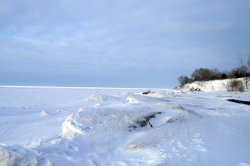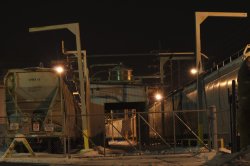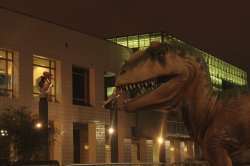There are so many great photos on here that have such clarity and sharpness. That I would like to achieve. I have read many things since getting into this, and a lot I am understanding. Read "Understanding Exposure" and that has helped me understand DOF and getting different results with the different ISO's and Exposure Time.
What I have - D5000, kit lens 18-55, and 55-200
Refuse to by an other lens until I know I can achieve results I want with these, maybe not perfection, but to my liking. Only then will I look at getting better glass.
I have tried Autofocus and Manual Focus, quite a bit with Tripods and hand held, focusing and recomposing.
Some photos come out better than others, and a few come out with very very nice detail.
All that I have read, I just can't seem to grasp or have the confidence of what I am shooting is going to be crisp.
Am I missing a step. I don't mind shooting something several times to get the results I want, but already there have been times where the shot didn't come out as clear as I wanted, and you only have one shot at this.
Or maybe I just need to get my eyes checked? LOL
What I have - D5000, kit lens 18-55, and 55-200
Refuse to by an other lens until I know I can achieve results I want with these, maybe not perfection, but to my liking. Only then will I look at getting better glass.
I have tried Autofocus and Manual Focus, quite a bit with Tripods and hand held, focusing and recomposing.
Some photos come out better than others, and a few come out with very very nice detail.
All that I have read, I just can't seem to grasp or have the confidence of what I am shooting is going to be crisp.
Am I missing a step. I don't mind shooting something several times to get the results I want, but already there have been times where the shot didn't come out as clear as I wanted, and you only have one shot at this.
Or maybe I just need to get my eyes checked? LOL






